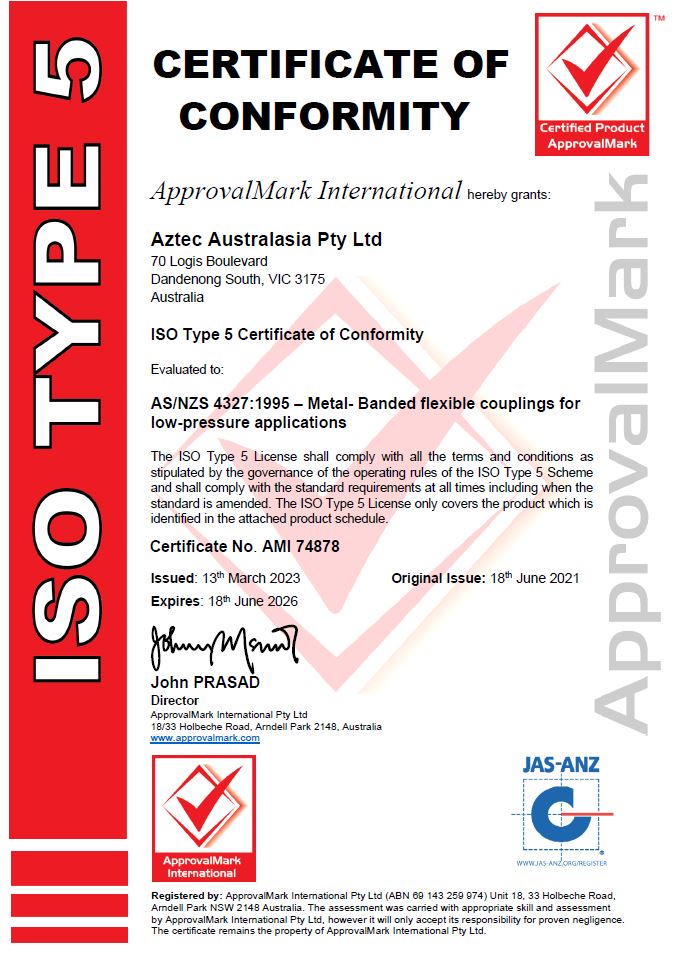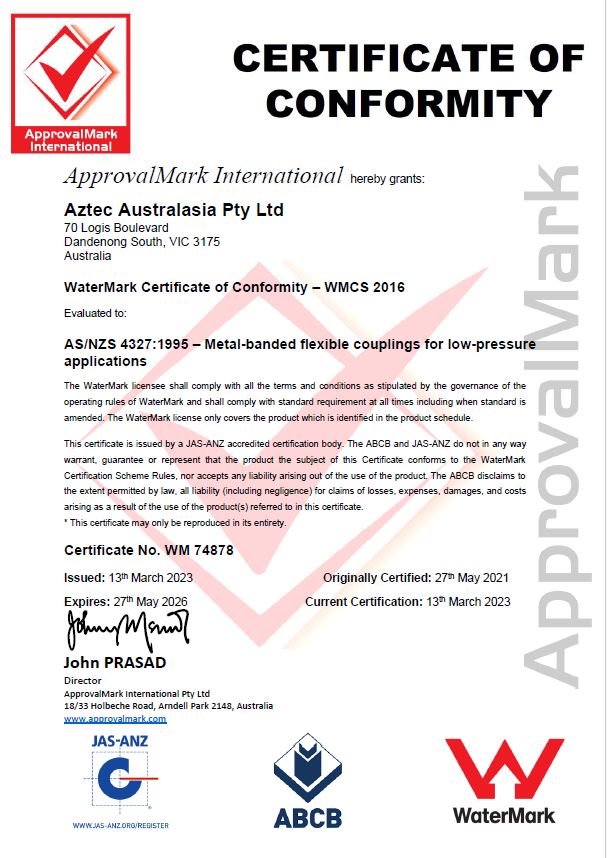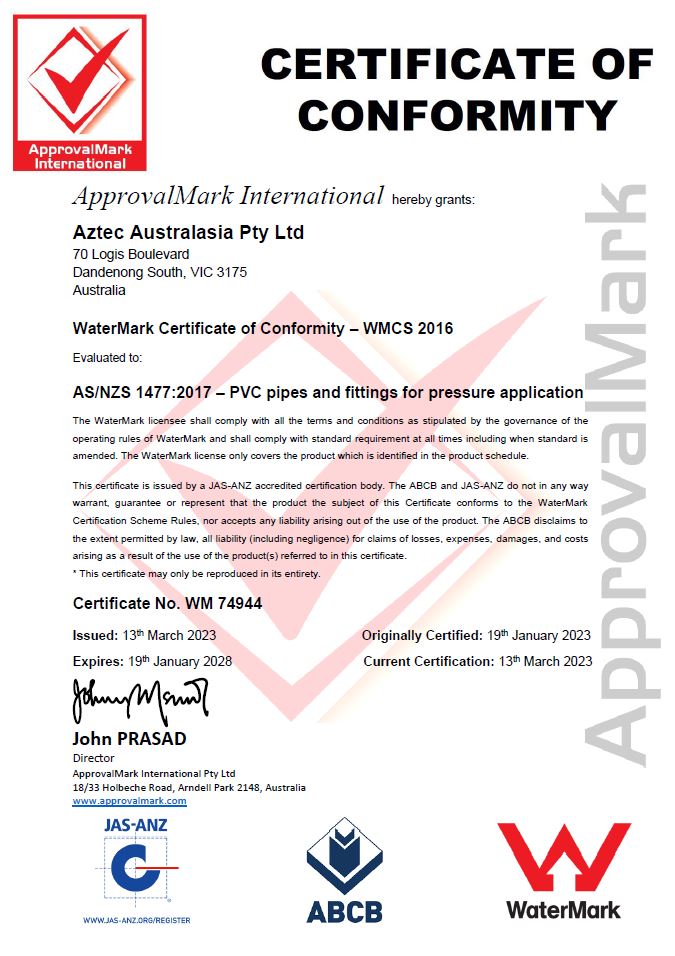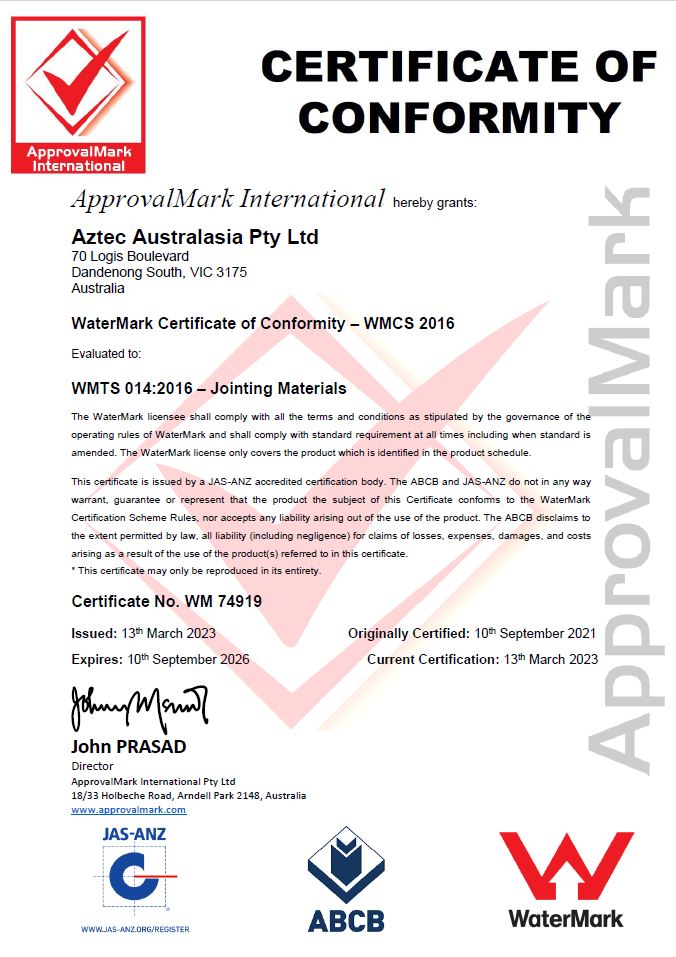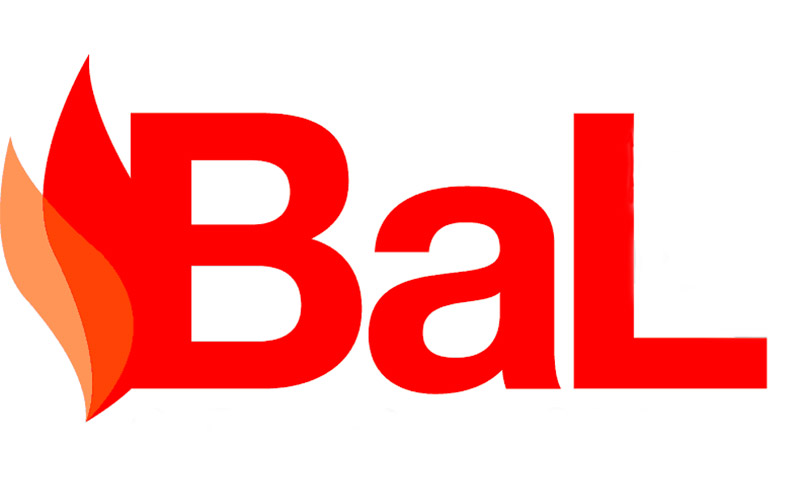
Aztec Certifications
Australian standard certifications are a very high priority at Aztec Australasia, we continuously monitor the Australian standards to ensure we have you covered with quality products for all your installs.
Plumbing products from Aztec are your assurance for quality, compliance and performance. We have dedicated years of testing and research to the creation of products that are designed for Australian conditions. We are proud to have worked with Australia’s preeminent scientific and research body – the CSIRO who have assisted us in producing our Bal range of products to ensure that they exceed the standards currently available for roof flashings.
If you seek products that are easy to install, resistant to UV, comply with the highest Australian standards and approvals please check out our Bal range.
Everything you want to know about Bal
What are BAL Ratings?
The Bushfire Attack Level (BAL) rating scale is a measure used in Australia to assess the potential risk of exposure to ember attack, radiant heat, and direct flame contact in a bushfire event. The scale ranges from BAL-LOW, which indicates minimal risk, to BAL-FZ (Flame Zone), which represents the highest risk. The BAL rating determines the construction requirements needed to protect buildings from bushfire exposure. The rating levels are:
BAL-Low: Low risk of ember attack and radiant heat.
BAL-12.5: Moderate risk of ember attack.
BAL-19: Increased risk of ember attack and radiant heat.
BAL-29: High risk of ember attack, radiant heat, and potential for flames.
BAL-40: Very high risk of ember attack, radiant heat, and flames.
BAL-FZ: Extreme bushfire risk zone requiring specific construction methods.
BAL-12.5 represents a low level of bushfire risk, with exposure to ember attack and radiant heat levels up to 12.5 kW/m². While it is a lower risk category compared to higher BAL levels, it still necessitates certain protective construction measures to mitigate ember attack and radiant heat. For areas with moderate bushfire risk, BAL-12.5 is considered an acceptable and cost-effective level of protection.
BAL-29: Indicates a high risk of ember attack and the likelihood of exposure to radiant heat levels of up to 29 kW/m². Buildings must be constructed with materials that can withstand this heat level and ember attack.
BAL-40: Indicates a very high risk of ember attack and radiant heat exposure up to 40 kW/m², along with an increased likelihood of direct flame contact. Materials and construction methods for BAL-40 must offer greater protection and durability to withstand more intense conditions than those required for BAL-29.
The parties that conduct assessments to determine the appropriate BAL rating of a property are certified bushfire assessors and/or local council authorities. See Additional Resources at the bottom of this page for more information.
How is the BAL rating of a property determined?
In Australia, the responsibility for determining BAL ratings typically falls on two main groups:
Qualified Bushfire Consultants: These are accredited professionals with the expertise to assess a specific property’s bushfire risk. They consider factors like:
- Vegetation type and density: Bushland with dense, highly flammable vegetation poses a greater risk.
- Slope: Steeper slopes can accelerate the spread of fire and radiant heat.
- Distance to bushland: Closer proximity to bushfire prone areas increases the risk.
- Aspect: North-facing aspects may receive more radiant heat during a bushfire.
Local Council Authorities: Many councils have access to BAL mapping tools and data. They can use this information to determine the general BAL rating for a specific property or area within their jurisdiction.
Here’s a breakdown of how risk levels may be assessed:
Site Visit: The assessor conducts a site visit to collect data on vegetation, terrain, and other relevant factors. This involves measuring distances, identifying vegetation types, and noting the topography.
- Data Collection: Consultants or council authorities gather information about the property and surrounding environment. This might involve site visits, reviewing vegetation maps, and considering historical fire data. Data is analyzed using established methodologies, often following the guidelines provided in the Australian Standard AS 3959: “Construction of buildings in bushfire-prone areas.” This standard outlines the construction requirements for buildings in bushfire-prone areas, detailing the methods for determining BAL ratings and specifying building design and material requirements for each BAL level.
- Risk Factor Analysis: They analyze the collected data to assess the potential for ember attack, radiant heat, and direct flame contact.
BAL Rating Determination: Based on the risk factor analysis, a specific BAL rating (BAL-Low, BAL-12.5, etc.) is assigned to the property.
Additional Resources
- Australian Building Codes BoardAustralian Building Codes Board
- The Australian Standards outline two methods for calculating BAL1. The most commonly used methodology is described in AS 3959:20091. It’s important to note that BAL should be thought of as a relative estimate of the potential exposure on your property, rather than a precise measurement1.
- For development in the Bushfire Management Overlay (BMO), your council’s Planning Scheme may set minimum requirements for your BAL and defendable space, which will need to be incorporated into your planning permit application1.
- If you need help determining your BAL or with a building and planning proposal, it’s recommended to contact an accredited bushfire consultant1. They can provide a range of services, including BAL assessments, BMO reports, and bushfire planning1.

